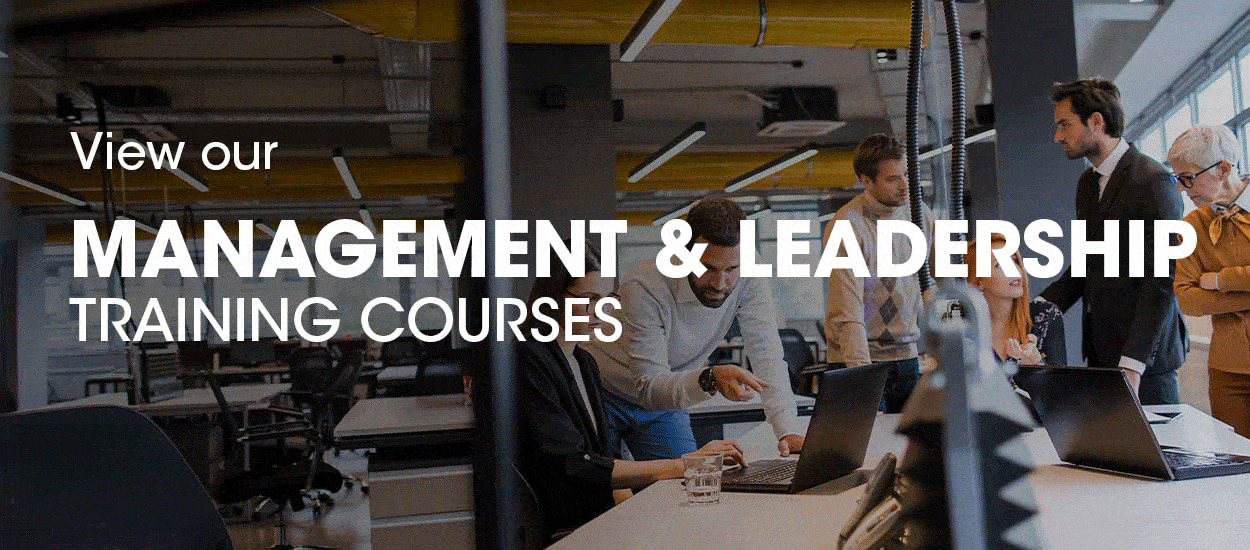
Influencing Without Authority Techniques
5 mins readLeadership is no longer confined to those with formal titles or managerial roles. Professionals at every level are expected to influence decisions, drive change, and guide others—often without having direct authority. This shift makes the ability to influence without authority a core skill for career success, effective collaboration, and leadership in action.
Whether you’re managing cross-functional teams, leading projects, or building organizational consensus, mastering the techniques of influencing without authority is critical. This article explores practical, proven strategies that professionals can apply to create impact, build credibility, and gain buy-in—regardless of their position on the org chart.
Why Influence Without Authority Matters
In flat or agile organizational structures, professionals are regularly called upon to lead initiatives, mentor peers, or coordinate tasks across departments where hierarchical power is limited or nonexistent.
Without the ability to influence:
- Projects stall due to lack of alignment
- Innovative ideas fail to gain traction
- Colleagues resist input or suggestions
- Leadership potential remains untapped
However, with the right approach, anyone can lead through trust, collaboration, and persuasive communication. These techniques are foundational elements in Copex’s Management & Leadership Courses, which are designed to prepare professionals to lead in dynamic, authority-light environments.
Core Principles of Influencing Without Authority
Before diving into the techniques, it’s essential to understand the principles that support influence:
Credibility
People follow those they trust. Building a track record of competence, reliability, and integrity is essential.
Empathy
Understanding others’ perspectives allows you to tailor your message in a way that resonates with their goals and challenges.
Reciprocity
When you offer help or value without asking, people are more likely to return the favor later.
Social Proof
If others support your idea, it gains momentum. This is particularly powerful in team or committee settings.
Authenticity
Genuine engagement beats manipulation every time. Influence works best when it’s aligned with your values.
These principles are core to leadership development covered in the Certified Total Leader Course, which helps professionals lead from within—even when they don’t hold a formal title.
Techniques to Influence Without Authority
-
Build Relationships First
Influence is built on trust, not hierarchy. Take time to establish genuine connections with colleagues, stakeholders, and collaborators. Learn their communication styles, professional goals, and pain points.
Building rapport creates a foundation of goodwill, making it easier to suggest changes or offer guidance later on.
The Certified Impactful Leader Course focuses heavily on relationship-building as the cornerstone of non-authoritative leadership.
-
Master the Art of Active Listening
People are more likely to support your ideas if they feel heard. By listening attentively, paraphrasing others’ points, and validating their concerns, you demonstrate empathy and build credibility.
Active listening enables you to frame your message in ways that address others’ interests, which increases the likelihood of buy-in.
-
Use “Why” and “How” Strategically
Rather than simply stating what you want, explain why it matters and how it supports shared goals.
For example:
“I think we should adjust the launch timeline by two weeks. That will give the development team time to resolve the bugs we identified, which ensures a smoother rollout and fewer customer complaints.”
This kind of framing shows alignment with broader objectives and makes your reasoning easier to support.
-
Demonstrate Competence Through Action
Influence grows when others see you as capable and results-oriented. Demonstrating subject matter expertise, meeting deadlines, and delivering quality work earns you a reputation that draws others to your ideas.
This is especially powerful when combined with humility and collaboration, as covered in the Certified Dynamic Leader Course.
-
Seek Input and Co-create Solutions
Instead of presenting a fully-formed solution, ask for input. This encourages ownership and creates a collaborative environment.
“I’ve been thinking about improving the reporting format. What are your thoughts on what’s working and what’s not?”
Co-creation not only improves the final outcome but also increases commitment from others because they feel like contributors rather than spectators.
-
Leverage Organizational Loyalty
People who are deeply connected to the organization’s values are often more open to collaboration and shared success. Use this common ground to highlight how your ideas align with company goals or team vision.
The Creating Organizational Loyalty Course teaches participants how to use emotional and cultural alignment to influence peers and stakeholders.
-
Appeal to Shared Values and Objectives
Influence is stronger when it’s based on shared goals. Frame your ideas in a way that connects to what matters most to your audience—be it efficiency, impact, innovation, or customer satisfaction.
“I know reducing turnaround time is one of our key objectives this quarter—here’s a suggestion that might help us get there faster.”
This approach minimizes resistance because it focuses on mutual benefit rather than personal agenda.
-
Use Strategic Storytelling
Stories are memorable and emotionally resonant. When data or logic alone won’t persuade, use storytelling to paint a picture of success—or the consequences of inaction.
For example, instead of saying “We need to improve customer service,” share a short anecdote about a lost client due to poor service, and how a small change could have prevented it.
This technique is reinforced in leadership training like the Developing & Implementing Strategic Marketing Plans Course, which emphasizes emotional engagement through narrative.
-
Adapt to Different Personality and Decision-Making Styles
Influence requires flexibility. Some colleagues are data-driven, others are big-picture thinkers. Some value consensus, while others make decisions independently.
By understanding these styles and tailoring your message accordingly, you increase your chances of being heard.
The Decisions, Dynamics & Leadership Styles Course offers a deep dive into how to assess and adapt to different leadership and communication styles effectively.
-
Be Persistent, Not Pushy
Influence takes time. Just because someone doesn’t adopt your idea today doesn’t mean they never will. Maintain respectful follow-up, continue delivering value, and let your actions speak louder than repeated requests.
Being persistent in the face of resistance shows dedication—but it must always be balanced with sensitivity and respect.
Common Challenges When Influencing Without Authority
|
Challenge |
Solution |
|
Resistance from peers |
Build rapport first; co-create instead of dictate |
|
Lack of clarity in messaging |
Use “why + how” framing to show benefits |
|
Being overlooked in meetings |
Build pre-meeting alliances and speak early |
|
Dealing with dominant personalities |
Use data, storytelling, and shared goals to navigate |
Real-World Applications of Influence Without Authority
Cross-Functional Project Teams
A project manager without formal authority coordinates input from sales, marketing, and IT. They build trust, communicate clearly, and achieve alignment by listening, acknowledging contributions, and reinforcing shared deadlines.
Initiative Champion
An employee passionate about sustainability starts a recycling program. Through persistence, informal discussions, and evidence of success from other firms, they rally support—even from departments they don’t report to.
Influence is Leadership in Action
Influence without authority is not manipulation—it’s leadership without a title. It requires empathy, clarity, consistency, and credibility. When professionals learn to lead through trust and collaboration, they gain the power to drive change, build support, and inspire action—regardless of where they sit on the organizational chart.
By mastering these techniques, you don’t need to wait for a promotion to start leading—you can lead from wherever you are today.
Why Choose Copex for Leadership and Influence Training
Copex Training’s Management & Leadership Courses are designed to equip modern professionals with the interpersonal and strategic tools to lead without relying on position or power.
Recommended courses include:
- Certified Total Leader Course
- Certified Impactful Leader Course
- Certified Dynamic Leader Course
- Creating Organizational Loyalty Course
- Decisions, Dynamics & Leadership Styles Course
- Developing & Implementing Strategic Marketing Plans Course
Each course is a step forward in mastering leadership, communication, and influence—without waiting for formal authority to give you permission.





